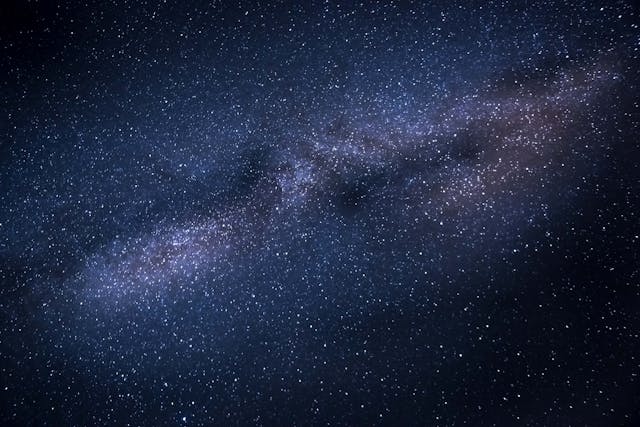
Why can’t we see the far side of the universe? We can’t see the other side of the universe because there hasn’t been enough time since the beginning of the universe for that light to reach us, and the universe is expanding faster than the light can travel.
The first reason we can’t see the other side of the universe is because of the sheer size of the universe and the speed limit of light. There is no way of knowing how big the universe is. The only thing we can know is how big the part of the universe we can see is. The universe began 13.8 billion years ago, and it has been expanding ever since. Light from the furthest stars we can see has taken 13.8 billion years to get to us. However, the universe is expanding, so that point that was 13.8 billion light years away from us has moved on. Because the universe is expanding at a calculable rate, the point that we can see from 13.8 billion years ago has moved, and is now 46 billion light years away from us. And if we take our Earth as the center of this observable universe bubble, it is 46 billion light years in every direction, giving a diameter of 92 billion light years. We can see all of the sides of that bubble, but we cannot see any further than that, simply because there hasn’t been enough time in the universe. If we came back and looked at this question in another 10 billion years (I’ll be waiting for you!), then we would be able to see light from the stars that has taken 23.8 billion light years to get to us. By then, the observable universe will be over 200 billion light years in diameter. The reason for that we will get to in a moment. So, we will never be able to see the far side of the universe because there is not enough time.
The second reason we can’t see the far side of the universe is that the universe is expanding faster than light can travel. That isn’t to say that the universe is expanding faster than the speed of light. Nothing can go faster than the speed of light. The universe is currently expanding at the rate of 67 km/s/Mpc. Mpc stands for MegaParsec, and a megaparsec is 3,260,000 light years. This is an increasing rate, which means the distance between us and other points in the universe increases as the distance increases. So, for the first 3,260,000 light years, the universe expands at a rate of 67 km/s. For the next 3,260,000 light years, it expands at a rate of 134 km/s. And so on. The further away it is, the faster it expands. That means that the light from the far side of the universe will never reach us, no matter how much time it has. It is a little difficult to picture, but the universe is not expanding at the speed of light, and yet it is expanding too fast for light to travel far enough. A good analogy is to imagine an ant walking towards a piece of sugar on an elastic band. The ant is walking at its regular pace, and if nothing happens, it will quickly reach the sugar. However, if you start to pull both ends of the elastic band, it will expand. The ant is still walking towards the piece of sugar, but the elastic band is stretching, so the distance is increasing. It will now take the ant much longer to reach the sugar because it has much further to go. And if you keep stretching the elastic band forever, the ant will never reach the sugar. This is why the light from the other side of the universe will never reach us, no matter how much time there is.
When we talk about the far side of the universe, there is no way of even knowing if there is a far side. There is no way of knowing if we are near the center, or near one of the edges, or even if there is an edge. This is difficult for me to get my head around because I assumed that the Big Bang happened, and all of the universe expanded out from that one central point. Wherever that happened must be the center, and the farthest edges must be the edge. However, the universe doesn’t have a center. Every part of the universe is expanding away from every other part of the universe in every direction at the same time. And this is what I learned today.
Sources
https://en.wikipedia.org/wiki/Observable_universe
https://www.space.com/24073-how-big-is-the-universe.html
https://www.forbes.com/sites/startswithabang/2018/04/28/ask-ethan-how-big-will-the-universe-get
https://www.wtamu.edu/~cbaird/sq/2013/09/17/where-is-the-center-of-the-universe
Photo by Pixabay: https://www.pexels.com/photo/photo-of-galaxy-207529/
